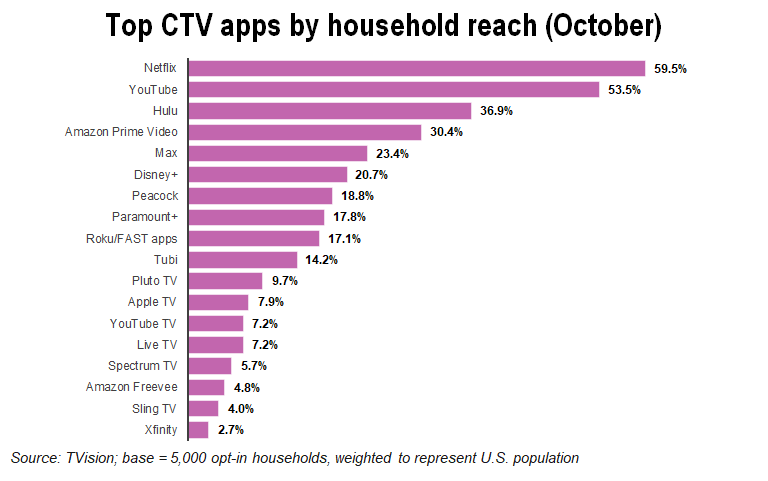Brands increasingly need reliable information about how they reach target audiences, especially as privacy laws give consumers more control over how their personally identifiable information is collected and shared.
“If you think about the very fragmented world that we live in, consumers have endless options in terms of where they consume content and therefore where they’re exposed to ads,” Kim Gilberti, chief product officer at Experian Marketing Services, said in this interview with Beet.TV contributor Mike Shields.
“When you’re trying to truly understand reach, when you’re trying to truly understand frequency and outcomes, it becomes increasingly difficult to unify that data set to understand if you’re reaching the right person, the right audience, at the right time,” she said.

Connected television can help to obtain more concise information about what content was delivered to what screen and when. The peril is that every CTV app becomes its own insular walled garden of audience data, making cross-platform tracking more difficult.
“That’s where certainly we see CTV on the rise, first-party, authenticated data becoming more and more important,” Gilberti said. “And certainly people seeking those opportunities to find other mechanisms to connect to identity. Whether that’s through contextual, targeting, universal IDs, a variety of different options that are continuing to grow out there to make that process a little bit easier.”
You are watching “Data and Identity-Driven Marketing in a Post-Signal World,” a Beet.TV Leadership Series presented by Experian. Please visit this page for more videos from this series.


































